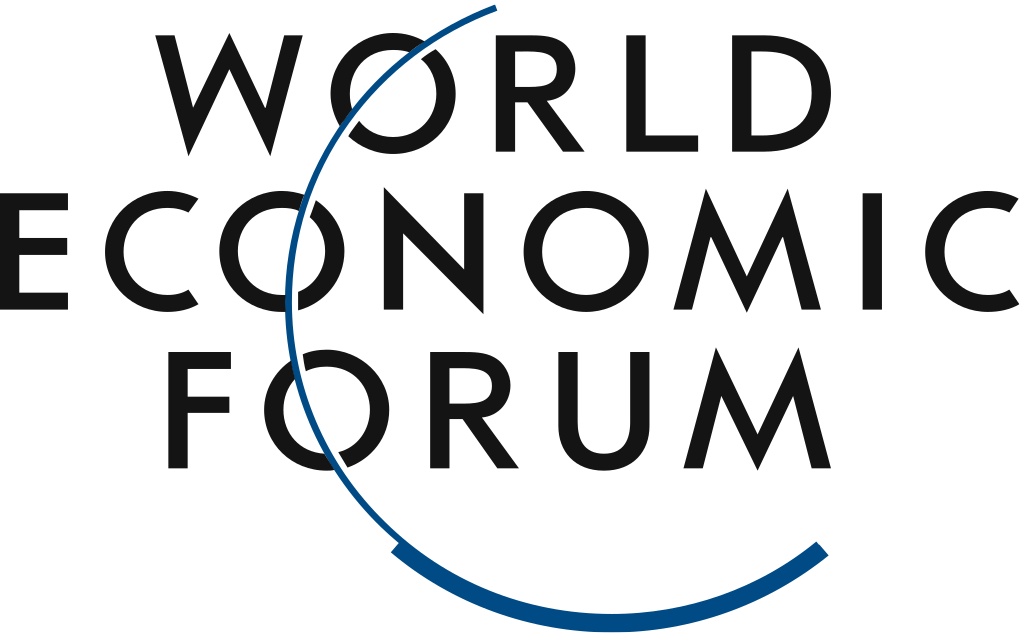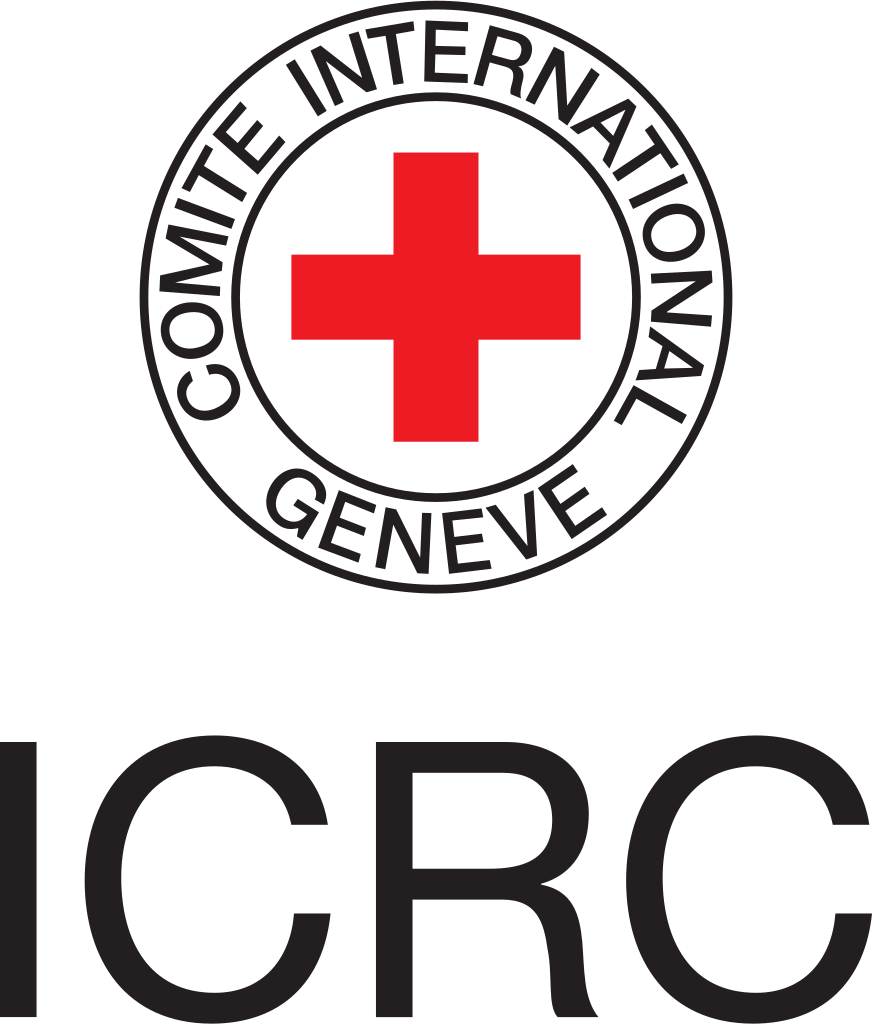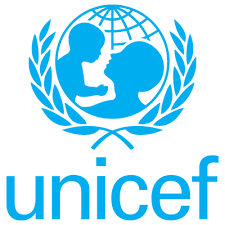Amnesty International Quiz Quiz Questions
1. Amnesty International is primarily concerned with:
(a) Protecting the environment
(b) Promoting human rights
(c) Fighting poverty
(d) Advancing animal welfare
2. When was Amnesty International founded?
(a) 1945
(b) 1961
(c) 1977
(d) 1985
3. Amnesty International’s headquarters are located in:
(a) New York City
(b) London
(c) Paris
(d) Geneva
4. The primary method Amnesty International uses to achieve its goals is:
(a) Armed conflict
(b) Political lobbying
(c) Public awareness and campaigning
(d) Economic sanctions
5. Which of the following is NOT a core principle of Amnesty International?
(a) Impartiality
(b) Independence
(c) Violence
(d) Universality
6. The Nobel Peace Prize was awarded to Amnesty International in:
(a) 1961
(b) 1977
(c) 1985
(d) 1992
7. Which of the following is NOT a typical issue addressed by Amnesty International?
(a) Freedom of speech
(b) Fair trials
(c) Economic development
(d) Torture prevention
8. Amnesty International relies heavily on:
(a) Government funding
(b) Corporate donations
(c) Individual donations and memberships
(d) Military aid
9. The term “prisoner of conscience” is often used by Amnesty International to describe:
(a) People imprisoned for political beliefs
(b) Criminals serving long sentences
(c) Individuals convicted of economic crimes
(d) People accused of terrorism
10. Amnesty International is active in:
(a) A few selected countries
(b) Primarily developed countries
(c) Developing countries only
(d) Over 150 countries worldwide
11. One of the main criticisms leveled against Amnesty International is:
(a) Lack of focus on human rights
(b) Excessive bureaucracy
(c) Bias towards certain countries or regions
(d) Insufficient funding
12. Which of the following is a major challenge faced by Amnesty International?
(a) Lack of public interest in human rights
(b) Increasing government cooperation
(c) Difficulty in accessing information in closed societies
(d) Insufficient funding
13. Amnesty International’s approach to promoting human rights is based on:
(a) Military force
(b) Economic sanctions
(c) Legal and diplomatic pressure
(d) Public pressure and advocacy
14. Amnesty International is a member of:
(a) The United Nations
(b) The European Union
(c) The International Criminal Court
(d) None of the above
15. The concept of “universal human rights” is central to Amnesty International’s work. This means:
(a) Human rights apply to all people, regardless of their nationality, race, or religion
(b) Human rights are relative and can vary between cultures
(c) Human rights are primarily a concern for Western countries
(d) Human rights are only relevant in times of conflict
16. Amnesty International was founded by:
(a) Nelson Mandela
(b) Martin Luther King Jr.
(c) Peter Benenson
(d) Aung San Suu Kyi
17. Which region does Amnesty International consider to be a major human rights crisis?
(a) Europe
(b) North America
(c) Middle East and North Africa
(d) Oceania
18. Amnesty International’s membership is composed primarily of:
(a) Government officials
(b) Human rights experts
(c) Ordinary citizens
(d) Corporate representatives
19. What inspired the founding of Amnesty International?
(a) A nuclear disaster
(b) A newspaper article about imprisoned Portuguese students
(c) The Vietnam War
(d) The Cold War
20. What is Amnesty International’s logo?
(a) A dove
(b) A candle wrapped in barbed wire
(c) A fist
(d) An olive branch
21. What color is predominantly associated with Amnesty International’s branding?
(a) Blue
(b) Green
(c) Red
(d) Yellow
22. What is Amnesty International’s annual report called?
(a) Global Human Rights Index
(b) The State of the World’s Human Rights
(c) Freedom in the World
(d) Human Development Report
23. Which international human rights treaty does Amnesty International frequently reference in its work?
(a) The Geneva Convention
(b) The Universal Declaration of Human Rights
(c) The Paris Agreement
(d) The Treaty on the Prohibition of Nuclear Weapons
24. What is Amnesty International’s stance on the death penalty?
(a) Support in cases of severe crimes
(b) Support with proper judicial process
(c) Unconditional opposition in all cases
(d) No official stance
25. Which of these is NOT one of Amnesty International’s campaign methods?
(a) Peaceful protests
(b) Social media activism
(c) Violent demonstrations
(d) Petitions
Amnesty International Quiz Quiz Questions with Answers
1. Amnesty International is primarily concerned with:
(b) Promoting human rights
2. When was Amnesty International founded?
(b) 1961
3. Amnesty International’s headquarters are located in:
(b) London
4. The primary method Amnesty International uses to achieve its goals is:
(c) Public awareness and campaigning
5. Which of the following is NOT a core principle of Amnesty International?
(c) Violence
6. The Nobel Peace Prize was awarded to Amnesty International in:
(b) 1977
7. Which of the following is NOT a typical issue addressed by Amnesty International?
(c) Economic development
8. Amnesty International relies heavily on:
(c) Individual donations and memberships
9. The term “prisoner of conscience” is often used by Amnesty International to describe:
(a) People imprisoned for political beliefs
10. Amnesty International is active in:
(d) Over 150 countries worldwide
11. One of the main criticisms leveled against Amnesty International is:
(c) Bias towards certain countries or regions
12. Which of the following is a major challenge faced by Amnesty International?
(c) Difficulty in accessing information in closed societies
13. Amnesty International’s approach to promoting human rights is based on:
(d) Public pressure and advocacy
14. Amnesty International is a member of:
(d) None of the above
15. The concept of “universal human rights” is central to Amnesty International’s work. This means:
(a) Human rights apply to all people, regardless of their nationality, race, or religion
16. Amnesty International was founded by:
(c) Peter Benenson
17. Which region does Amnesty International consider to be a major human rights crisis?
(c) Middle East and North Africa
18. Amnesty International’s membership is composed primarily of:
(c) Ordinary citizens
19. What inspired the founding of Amnesty International?
(b) A newspaper article about imprisoned Portuguese students
20. What is Amnesty International’s logo?
(b) A candle wrapped in barbed wire
21. What color is predominantly associated with Amnesty International’s branding?
(d) Yellow
22. What is Amnesty International’s annual report called?
(b) The State of the World’s Human Rights
23. Which international human rights treaty does Amnesty International frequently reference in its work?
(b) The Universal Declaration of Human Rights
24. What is Amnesty International’s stance on the death penalty?
(c) Unconditional opposition in all cases
25. Which of these is NOT one of Amnesty International’s campaign methods?
(c) Violent demonstrations










